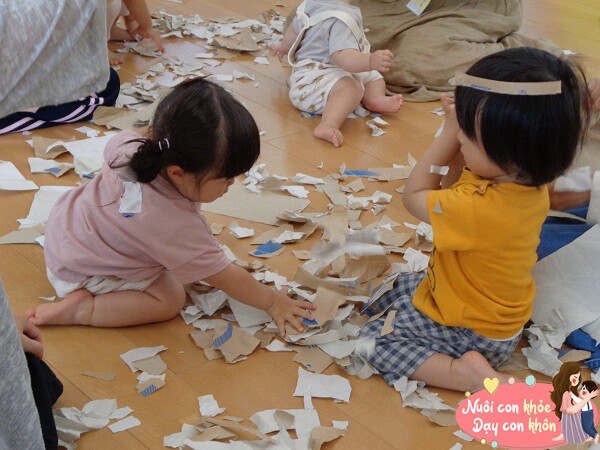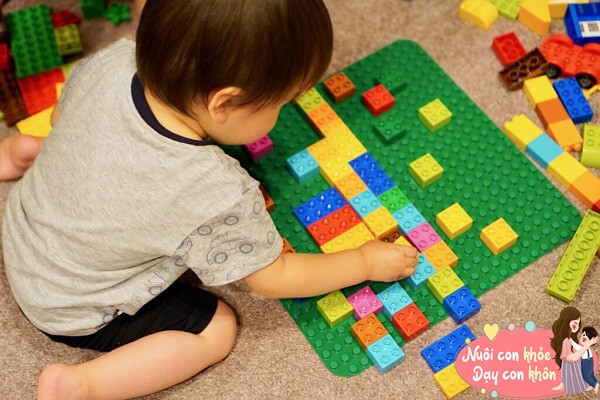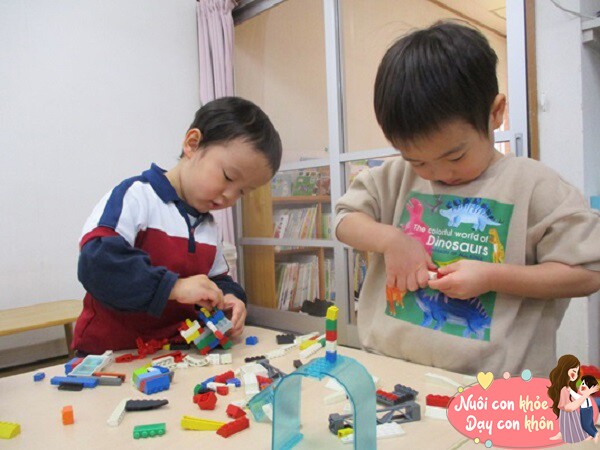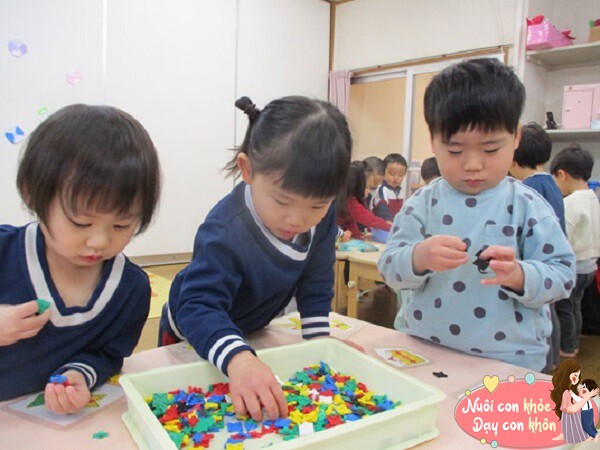Understanding and navigating a child’s destructive behavior can be a challenging task for parents. However, insightful parents often view this as a phase in their child’s development, with the key lying in proper guidance and response.

Understanding Children’s Destructive Behavior
First and foremost, parents need to understand that their child’s destructive behavior is not about causing trouble but rather a way for them to explore and make sense of the world around them.
Preschoolers are at a stage of strong curiosity and a thirst for knowledge. They learn about their surroundings by touching, experimenting, and manipulating objects. This not only helps them identify the structure of objects but also encourages critical thinking skills.

Understanding children’s destructive behavior.
When a child takes apart a toy or draws on the wall, they are not only experimenting but also learning problem-solving, fine motor skills, and creative thinking. While these actions can sometimes be frustrating for parents, they are an essential part of a child’s learning process.
Additionally, exploration helps children develop cognitive abilities and a better understanding of their environment. When children ask “Why?” or “What can this do?”, they are constantly seeking answers and expanding their knowledge. Parents can seize these moments to explore and discover new concepts together, creating a positive learning environment.
Instead of forbidding children from touching things, create purposeful exploration activities, such as simple science experiments, art games, or crafts.

Stay Calm and Avoid Overreacting
When faced with a child’s destructive behavior, the first step for parents is to stay calm and avoid overreacting. Criticism, blame, and punishment do not solve the issue and can harm a child’s self-esteem and confidence.
When a child feels criticized, they may become rebellious or withdrawn, hindering their development and causing long-term psychological issues.

Stay calm and avoid overreacting.
Instead, parents should approach their child’s behavior with calmness and empathy. Consider the situation from the child’s perspective: they might be exploring, learning, or simply seeking attention.
To respond effectively, parents can start by listening and asking questions to better understand the child’s motives. For example, ask the child why they did it or how they felt when performing that action. These questions help children become aware of their behavior and create opportunities for parents to educate and guide them.
Additionally, offering alternatives will help children develop self-control and take responsibility for their actions. For instance, if a child likes to take things apart, provide them with safe, build-it-yourself toys.
It’s important for parents to show patience and tolerance. Children are learning and developing, and their destructive behaviors sometimes stem from natural curiosity.

Set Boundaries and Establish Clear Rules
While it’s crucial to understand a child’s behavior, it doesn’t mean that parents should turn a blind eye. Setting boundaries and clear rules helps children understand acceptable and unacceptable behaviors.
For example, let them know which toys can be taken apart and which ones need to stay intact; which areas they can move freely in and which spaces need to be kept tidy. This provides children with specific guidelines, making them feel more secure in their explorations.

Set boundaries and establish clear rules.
Additionally, explaining the consequences of destructive behavior is essential. Parents should discuss with children the potential damages that may occur when rules are not followed.
For instance, if a child takes apart a toy without permission, help them understand that it might break and become unplayable. When children understand the consequences and take responsibility, they learn to fix the damages they’ve caused. This could be as simple as helping to clean up the mess or finding a solution together.

Provide a Suitable Environment
To satisfy a child’s curiosity and desire for exploration, parents can create a safe and appropriate environment for discovery. This not only gives children the freedom to express themselves but also encourages creativity and independent thinking.
For example, setting up a special “creative corner” or “work area” is a great idea. In this space, parents can provide toys or materials that can be taken apart and reassembled, such as building blocks, art supplies, or even simple science kits.

Provide a suitable environment.
These items are not only fun but also encourage children to explore concepts such as structure, shape, and color. Children can freely play and discover, fostering their creative thinking and problem-solving skills.
Moreover, to enhance the learning experience, children can be guided to engage in crafts, science experiments, and other hands-on activities. These activities not only develop practical skills but also provide real-world learning experiences.
For instance, through crafts, children learn hand-eye coordination, refine their dexterity, and develop logical thinking skills as they design and execute their ideas.

Positive Guidance and Encouragement of Creativity
Parents can try to explain and guide from a positive perspective. For example, ask questions like, “Why do you want to do this? What do you think this toy can become?” Use open-ended questions to guide children’s thinking and expression.
At the same time, children’s creativity and imagination should be recognized and encouraged to experiment with new ideas and practices.
When children create something new, they need to be adequately praised and encouraged to feel the joy of creativity and a sense of accomplishment.
“Even With All the Love in the World, There Are 3 Things Parents Should Never Give In To”
“When children make unreasonable demands, it is essential for parents to firmly but gently deny these requests and guide their little ones towards understanding the difference between wants and needs. It is a delicate balance between setting boundaries and teaching them about the world around them.”




































